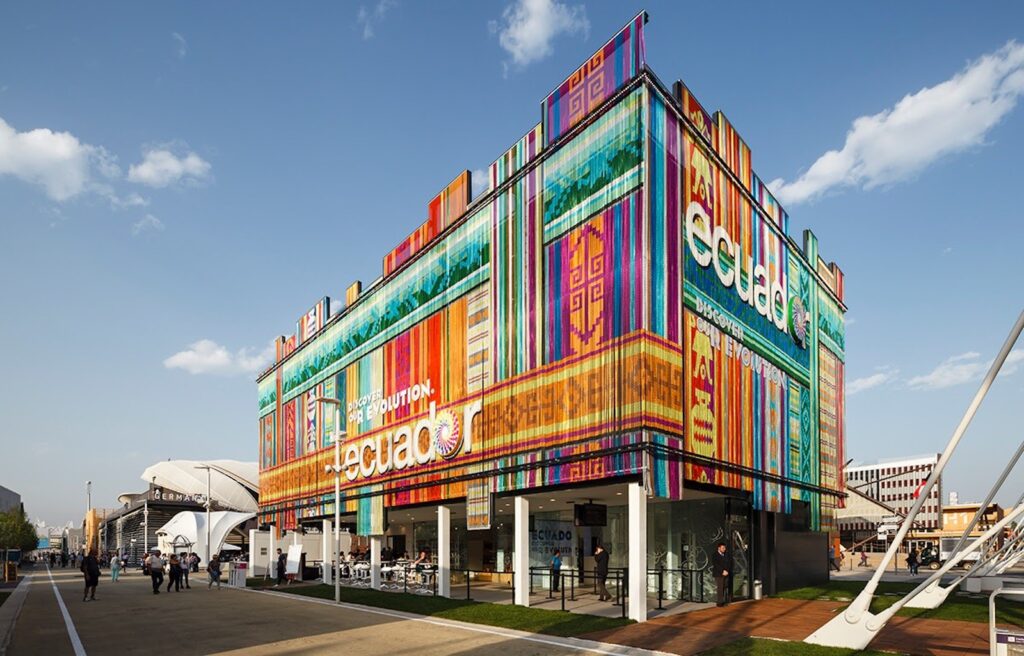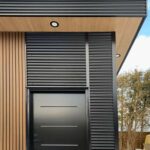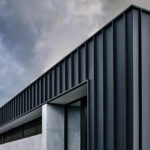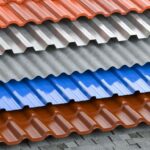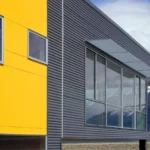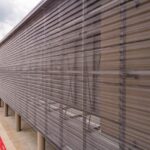In the world of architecture and design, the use of aluminum cladding has become a canvas for creativity. Beyond its functional role in protecting buildings from the elements, aluminum cladding allows architects to express their artistic vision through color. The choice of cladding color can influence a building’s appearance, convey a message, and even affect the emotions of those who encounter it. In this exploration of color trends in aluminum cladding, we’ll delve into the fascinating world of architectural color and how it shapes the built environment.
The Power of Color in Architecture
Before we dive into the latest color trends, it’s essential to understand the profound impact that color has on architecture:
1. Aesthetic Appeal: Color can transform a building’s appearance, giving it a distinctive and memorable look. It can harmonize with the surroundings or stand out as a bold statement.
2. Cultural Significance: Different cultures associate colors with specific meanings and symbols. Architects often leverage these cultural associations to create meaningful designs.
3. Emotional Impact: Colors evoke emotions and moods. For example, warm colors like red and orange can convey energy and passion, while cool colors like blue and green can create a sense of calm and tranquility.
4. Environmental Considerations: The color of a building can impact its energy efficiency. Light-colored cladding reflects sunlight and heat, keeping the interior cooler, while dark colors absorb heat.
5. Branding and Identity: Commercial and institutional buildings often use color to reinforce their brand identity. The choice of color can convey corporate values and create a recognizable presence.
Latest Color Trends in Aluminum Cladding
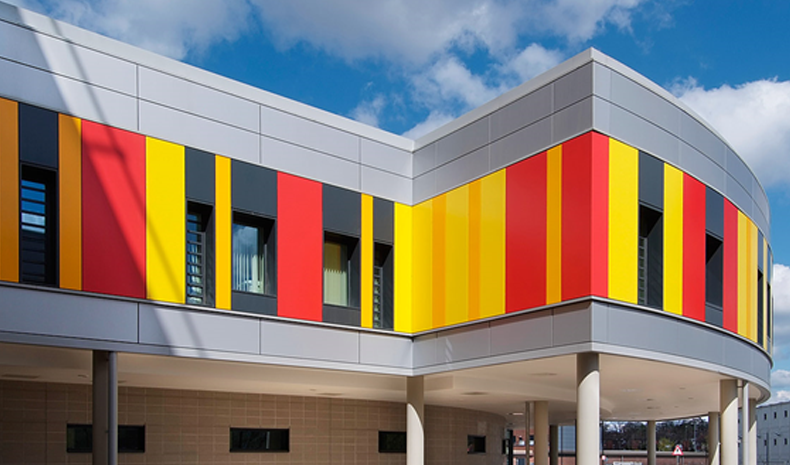
Now, let’s explore some of the most exciting and influential color trends in aluminum cladding:
1. Nature-Inspired Colors:
Earthy Tones: Shades of terracotta, ochre, and deep greens are popular choices, connecting buildings with nature and evoking a sense of harmony.
2. Bold and Vibrant Hues:
Jewel Tones: Rich and saturated colors like emerald green, sapphire blue, and amethyst are making a statement in contemporary designs, adding drama and personality.
3. Sustainable Shades:
Natural Neutrals: Neutral colors like warm grays, soft beiges, and muted whites are favored for their timeless appeal and sustainability.
4. Reflective and Metallic Finishes:
Silver and Gold: Metallic finishes, such as silver and gold, create a sense of luxury and modernity, adding depth and texture to facades.
5. Futuristic and Minimalist:
Monochromatic Palettes: Minimalist designs often feature monochromatic color schemes, with buildings clad in a single color, creating a sleek and timeless aesthetic.
6. Biophilic Designs:
Biophilic Greens: Deep green shades reminiscent of lush vegetation are used to integrate buildings with their natural surroundings, fostering a connection to nature.
7. High-Contrast Combinations:
Black and White: High-contrast pairings like black and white create bold and striking facades, emphasizing architectural lines and features.
8. Gradation and Ombre Effects:
Color Transitions: Gradual color transitions or ombre effects add a sense of movement and fluidity to building exteriors.
Challenges in Color Selection
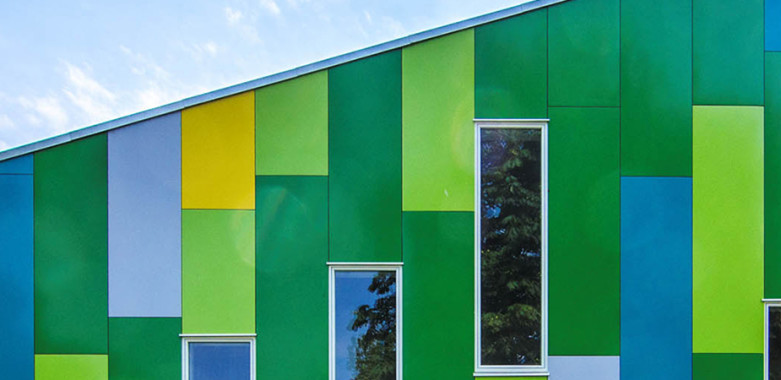
While exploring color trends in aluminum cladding is exciting, architects and designers must consider several factors when selecting colors:
1. Climate: Color can impact a building’s energy efficiency. Dark colors absorb heat, while light colors reflect it. Selection should align with the local climate.
2. Cultural Sensitivity: Colors can carry cultural significance and symbolism. It’s essential to be aware of these associations when designing in diverse regions.
3. Maintenance: Some colors may require more frequent cleaning or maintenance to retain their vibrancy and appearance.
4. Longevity: Durability and resistance to fading are crucial factors, especially in locations with intense sunlight.
1. What are innovative panel applications in architecture?
Innovative panel applications in architecture refer to creative and functional uses of architectural panels beyond traditional cladding. They encompass dynamic facades, sustainable designs, interactive features, and more.
2. How do dynamic facades work, and what benefits do they offer?
Dynamic facades use responsive panels to adapt to changing environmental conditions, optimizing natural light, shade, and ventilation. They enhance energy efficiency, user comfort, and building aesthetics.
3. What are the advantages of integrating photovoltaic panels into building exteriors and windows?
Photovoltaic panels generate renewable solar energy while maintaining architectural aesthetics. They contribute to sustainability and may reduce energy costs.
4. How do green facades or bio-integrated systems improve the built environment?
Green facades incorporate living plants into building exteriors, enhancing air quality, reducing heat island effects, and promoting biodiversity in urban areas.
5. What role do acoustic panels play in modern architecture, and how can they combine functionality and aesthetics?
Acoustic panels absorb sound, reducing noise in interior spaces. They can feature customizable designs to enhance aesthetics while maintaining their acoustic properties.
Color trends in aluminum cladding showcase the remarkable blend of artistry and functionality in modern architecture. As architects and designers continue to push boundaries, we can expect to see even more innovative and daring color choices in the future. The selection of cladding color is an integral part of the storytelling process in architecture, allowing buildings to communicate their purpose, personality, and connection to the world around them. The world of architectural color is vast and ever-evolving, offering endless possibilities for creating memorable and impactful structures that shape our cities and inspire our lives.

